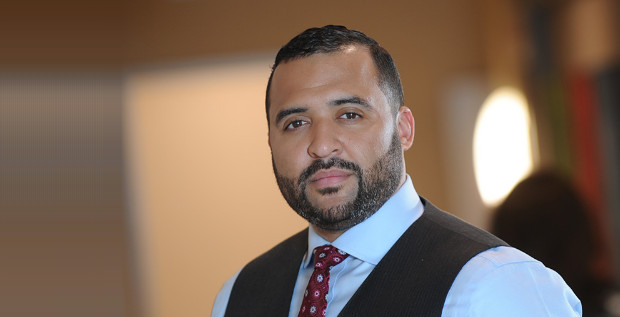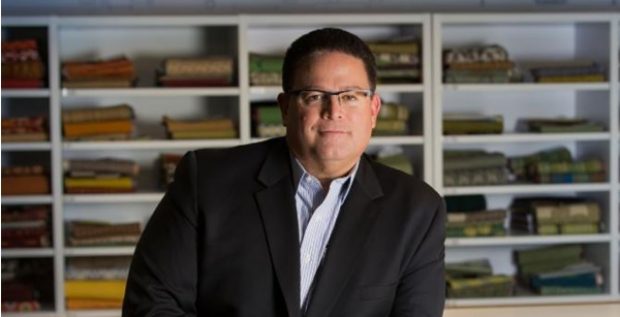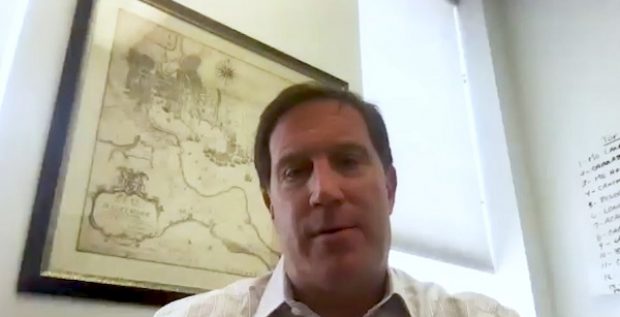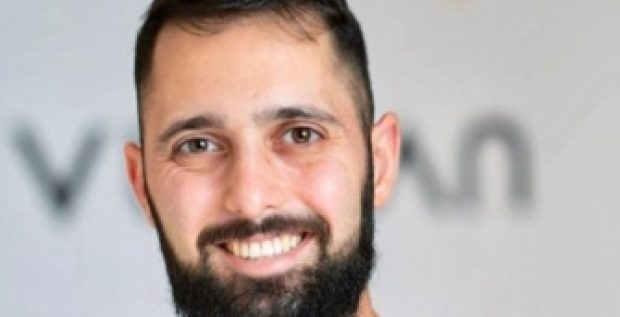Steve Bisbee is president and CEO of eOriginal, as well as one of the company’s co-founders. For over 20 years, eOriginal has provided businesses with cutting edge solutions for electronic transaction management. The company’s platform allows users to quickly and securely sign, management, control, and protect critical legal documents. eOriginal also offers real-time compliance and data analytics solutions, in addition to professional training and support services. Through his capacity as a leading innovator in the electronic signature and transaction space, Steve has supported the development of US law, testified before Congress, and presented to the United Nations Commission on International Trade Law. He is a founding member of Electronic Signature and Records Association (ESRA), where he currently serves as Board member and Chair of the Membership Committee.
EDWIN WARFIELD: How did eOriginal come about?
STEVE BISBEE: eOriginal wasn’t intended to be a company. We were trying to solve a problem. In the late 80s and 90s, I was involved in land development. I’d been a real estate attorney. My wife’s family is in real estate, and out of that we had a couple of small companies that evolved. One was an engineering company, which was mainly involved in land engineering and survey work. Another was a title insurance company. It wasn’t really for residential; it was primarily for large commercial tracts. And the title insurance company doesn’t measure value by the number of transactions that you do—they measure it by the dollar value, as most insurance companies do.
We were a small company, but we had some significant transactions, and so we caught the eye of some of the title underwriters. The title underwriters we used in those days were local ones like Security and Safeco, which then became Chicago Title, Stewart Title, and others.
In the mid-90s, the American Land Title Association was looking to be able to solve a problem, very naively—as we were all naïve at the time—of how we could get to a fully electronic mortgage closing by the year 2000. In a world that did not think of the internet, you had to be very creative. They formed a committee and asked me to join that committee to look at the different problems that you’d have to overcome to accomplish that. It was fairly easy to see that the world was going to move out of daisy wheel printers to laser printers, that you were going to be able to leverage the large WAN’s because you didn’t have the Internet for delivery, like EDS and IBM, with financial institutions, to have some form of link to be able to do electronic transactions. You have to remember that the portable PCs at that time were the size of sewing machine boxes, and the screens were about 6 inches wide, but there was a lot of optimism that we’d be able to achieve that.
Over the course of a year and a half, approximately, led by a fellow named Ed Brown at Alta, we mapped out what the processes would be and we came to a hurdle: When you’re doing a contract, where it’s two people, and you’re delivering terms and conditions back and forth, you’re negotiating—in the end, when you go to execute that document, those two people are bound by those terms. It doesn’t make any difference if you sign one copy of that contract or you have three or four copies of the contract.
But when you move into financial services, and we’re focusing on mortgage, there’s an instrument in the transaction which is more than that: the mortgage note. The mortgage note is a negotiable instrument. A negotiable instrument means that when two parties have signed the document, you have the ability to obligate a third party, which is not present—meaning someone can come in and buy the note and then they can enforce it against somebody that they were not contractually obligated with under the original contract. We have a history in the Western world that goes back centuries—going back to letters of credit in the Crusades, when people didn’t want to carry money around—around the rules around negotiable instruments but the critical thing is that negotiable instrument there can only be one. It has to be able to be sold. In an electronic world, how can you establish that there’s only one of this digital information object? Because you can replicate it a thousand times, there’d be no differentiation between them. And even if you could, how could you take that information object and actually sell it, transfer it to another party, where they would be able to get the holder due course, rights and privileges, to be able to enforce it against the borrower?
There was no technology that was available to do that, and that was the problem. It kind of put a halt on us being able to go forward, of being able to take that information object and treat it as if it’s a message. So, I’m able to take the message, I’m able to send it from Fred to Mary; Mary knows it came from Fred, knows it hasn’t been changed in transit, so she can rely on that message and take an action. We added some additional things to that technology, including atomic date and time stamping, some other materials that we captured within that shell or seal that was created by the digital certificate, and so you could determine that there’s only one, even if another one was created a microsecond later. You could also determine who owned it, if you have the right infrastructure.
We had, conceptually, the ability to create an information object which could become a negotiable instrument. I took that concept to the large title underwriters, and Stewart Title was very interested in trying to make this work and to support that, but they said, “We don’t control the business. So if the lenders will do this, then we would support it.” I said, “I’ll be right back.”
I went and spoke to some of the major lenders involved in the mortgage industry. I did my PowerPoints, did my explanation, made the technology look very simple. They said, “this would be great as well, but if Fannie and Freddie won’t buy this, then we’re not going anywhere either.” So, I got an introduction to Fannie Mae, through a number of these lenders, and there was a fellow who had just come on as the CTO for Fannie Mae—a fellow named Bill Kelvie, who came out of the Boston Consulting Group—and he was brilliant and a very tough individual. He understood the concept of it and he supported us being able to go forward.
Connect with Steve on LinkedIn



















